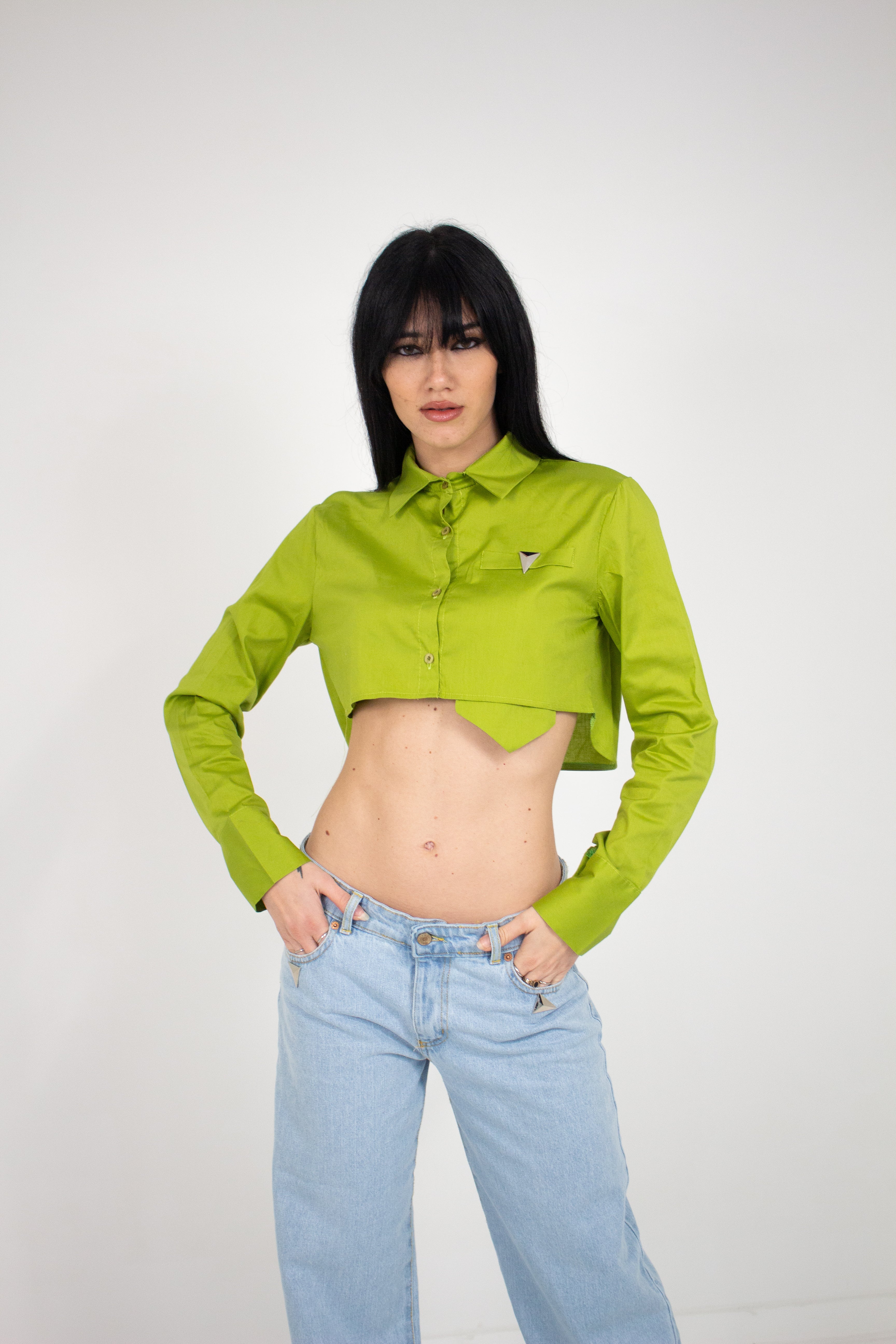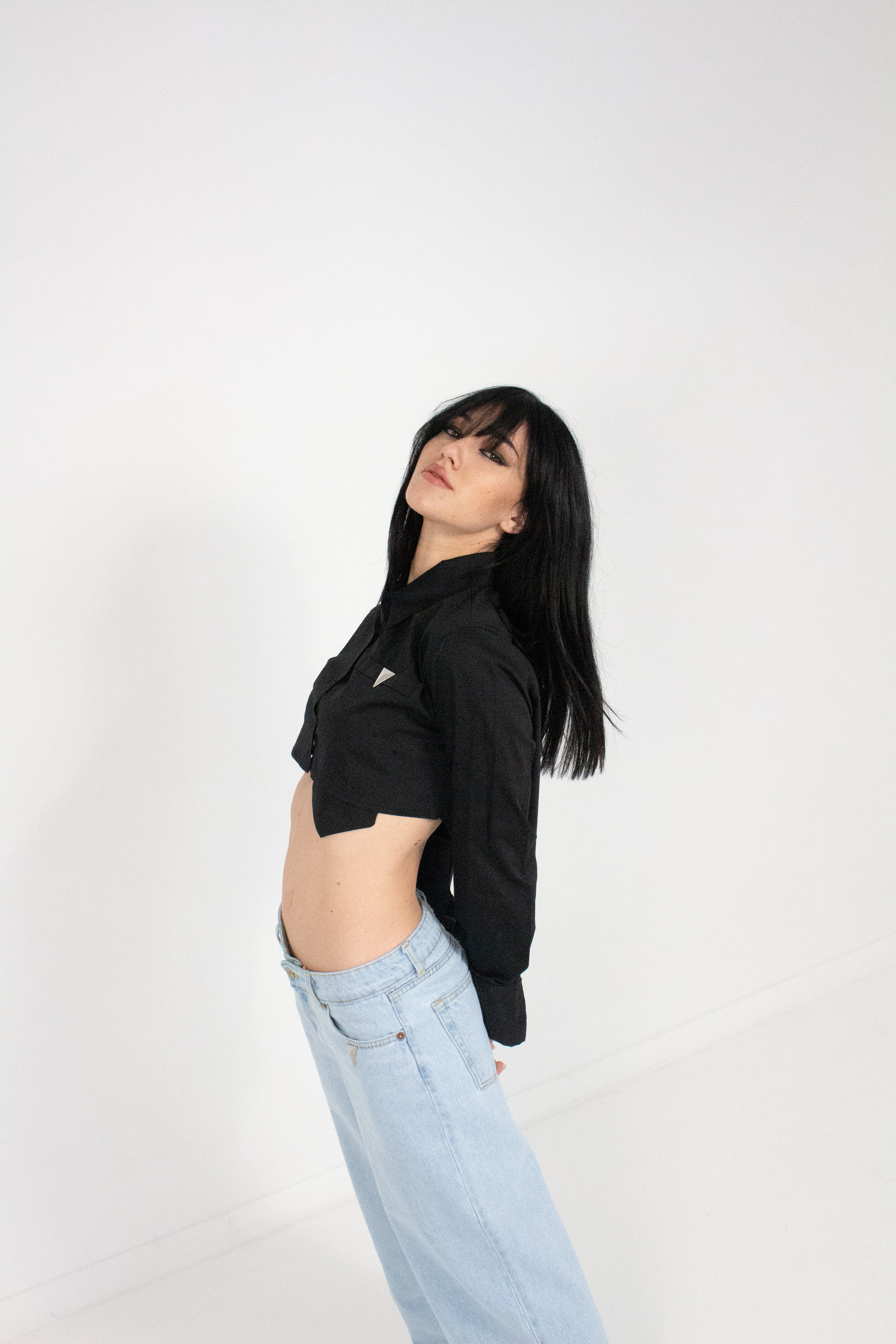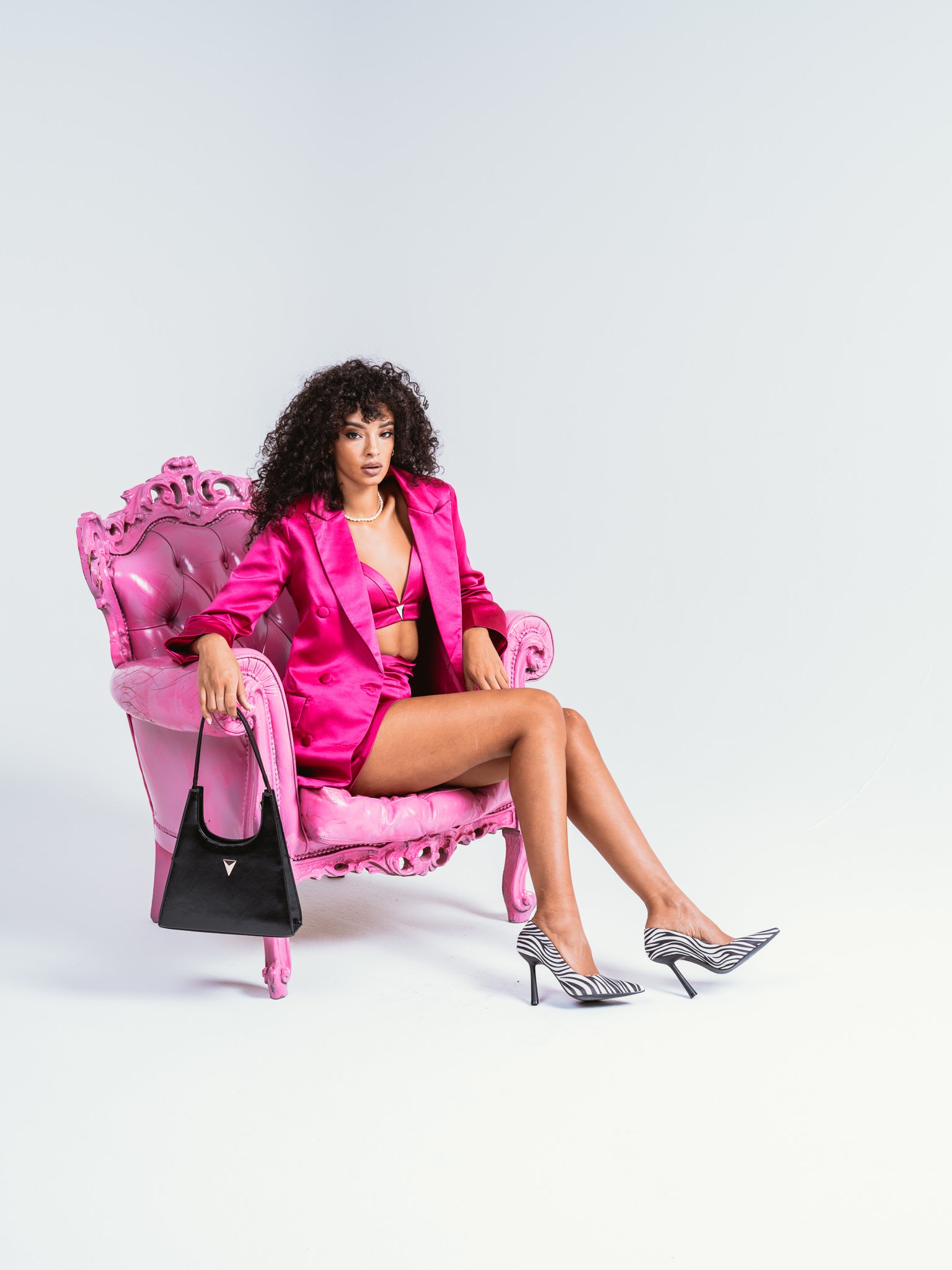
Do colors influence emotions?

When we are in front of the wardrobe, we should think that even in fashion the choice of any color is never random.
If you open your wardrobe, in fact, at a glance you will notice a certain chromatic preference in your wardrobe; a color that tells everything about your personality without you even realizing it and without any coincidence.
Over the years, a defined psychology has been consolidated around the world of colors: the psychology of color.
What is it?
"The psychology of colors was born because colors can stimulate the mind human, provoking particular emotions. In fact, each color has its meaning and its precise connection with a part of the brain that determines specific emotions or moods.
When we observe a colored object, visual perception generates, in fact, real sensations which are physiologically received by the brain and which produce concrete effects on our body and on our psychological attitude, above all influencing our mood."
It is good to know that with every color we human beings associate, unconsciously, an emotion, based on our personal experiences and the cultural context in which we live.
If we just imagine a world without colours, disorientation will immediately arise in our mind: if colors disappeared from the objects and environments that surround us, everything would appear confused and indistinguishable.
Do the colors of the clothes speak about us?
Of course!
If fashion is a language, the colors also speak about us and tell others who we are.
When we choose the colors to wear, whether it is a dress or an accessory, are we aware of the power that colors have?
What do we communicate?
It may seem absurd but the right color dress has the ability to give us confidence even on the worst day.
So what do colors communicate?
The white communicates an immediate sense of purity, light and perfection
The red recalls emotions such as sensuality and passion as well as giving immediate confidence.
The yellow color of happiness and cheerfulness, expresses joy; the shade to increase productivity at work, as it energizes the mood.
L'orange associated with warmth, ambition, enthusiasm and energy.
The pink has always been a symbol of tenderness and sweetness.
The purple which instead refers to fantasy and luxury.
The blue is a symbol of productivity and dynamism.
The green which refers to a natural world, immediately giving a sense of peace and tranquility.
The brown is a concrete nuance that indicates safety, stability and reliability.
Multicol or, the unconventional, conveys the desire to escape; if you feel creative, if you must not go unnoticed!
It is naturally impossible to generalize and found a universal theory of color psychology.
However, these color-emotion associations are not as simple as they seem, as they seem to change with age.
Culture itself teaches us that colors do not take on the same psychological and symbolic meanings throughout the world: red, for example, is considered by the Western world to be the color of love, passion, of sensuality and charm, but some oriental populations associate red with mourning.
Now that we know this we could have even more fun, dressing up with our emotions through colours.
Telling ourselves by coloring our image, without relying too much on rules and preconceptions.
And you?
Did you know the psychology of color?




Leave a comment
This site is protected by reCAPTCHA and the Google Privacy Policy and Terms of Service apply.